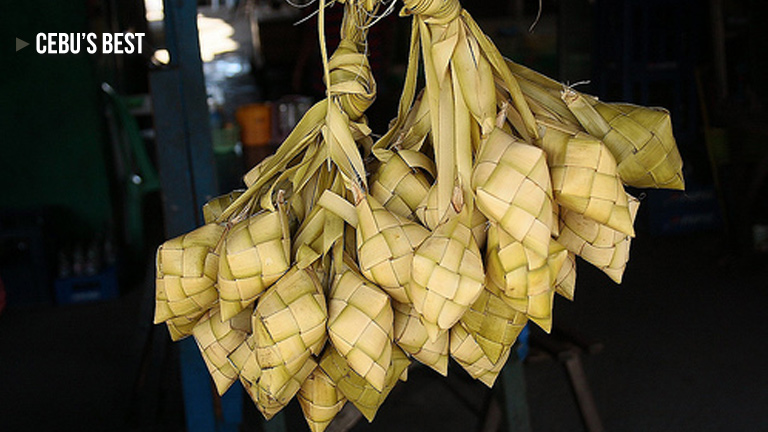 Image Source: everythingcebu.com
Image Source: everythingcebu.com
If you're from Cebu, tasting street food and indulging in lechon will never be the same without our favorite accompaniment, hanging rice! Puso (pronounced as poo so) is rice wrapped and boiled in a triangular casing made of woven coconut leaves. It is also called hanging rice, as the packets are often picturesquely hung in bunches using the long ends of the leaves.
Puso’s true origins seem unclear as to how it started, but here's what I found: variations of the same dish are familiar sights in other Southeast Asian countries too including Brunei, Malaysia, and Indonesia (where it’s called ketupat). Today, it’s become an icon of Cebuano street food, for reasons both delicious and practical: The organic casing imparts a unique leafy flavor to the rice, which is compact and dense enough to be eaten straight out of the leaves, sans spoon and fork. Some people don't know how to eat with their hands and puso saves the day thanks to its cleanliness factor. The cooked rice is protected from flies and human hands in open-air eateries. Because it is portable and keeps for a day, it’s a regular item at picnics and on boat trips, where it is eaten alongside traditional Cebuano fare like grilled pork, chicken, or seafood. If you're from Cebu, can you honestly prefer bringing a pot of rice than puso? A trip to the beach is not the same for some reason!
SEE MORE OF CEBU'S BEST ARTICLES
More than just packed rice, puso is one of the country’s tourism and trade icons. The Department of Trade and Industry has also thought of capitalizing on the hanging rice’s unique characteristics – for instance, making accessories shaped like it. So if you're not from Cebu, looked out for food cart stalls especially where they sell local barbecue and other grilled meat and fish or better yet, at lechon stalls where both Cebuano food icons are best enjoyed together!
